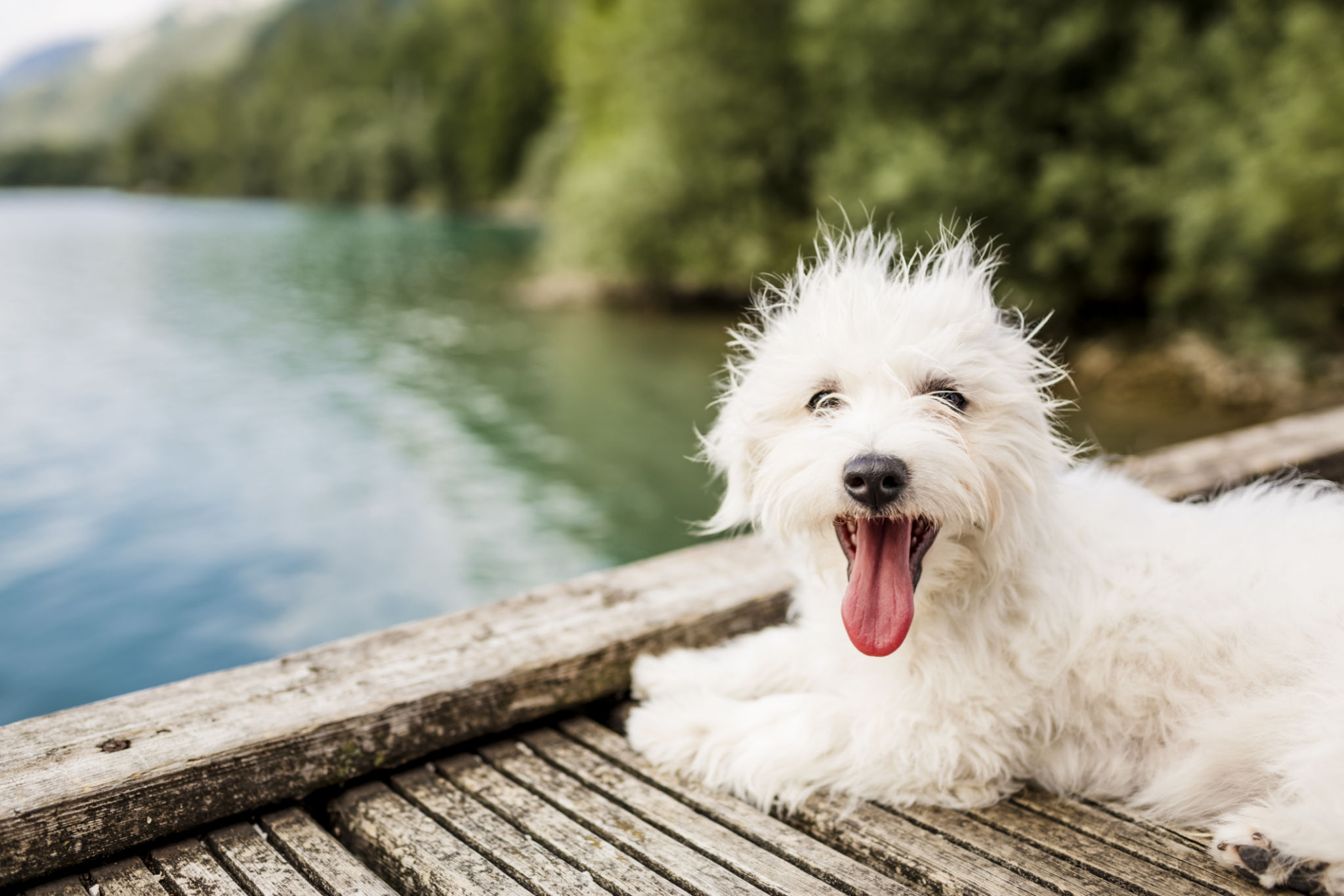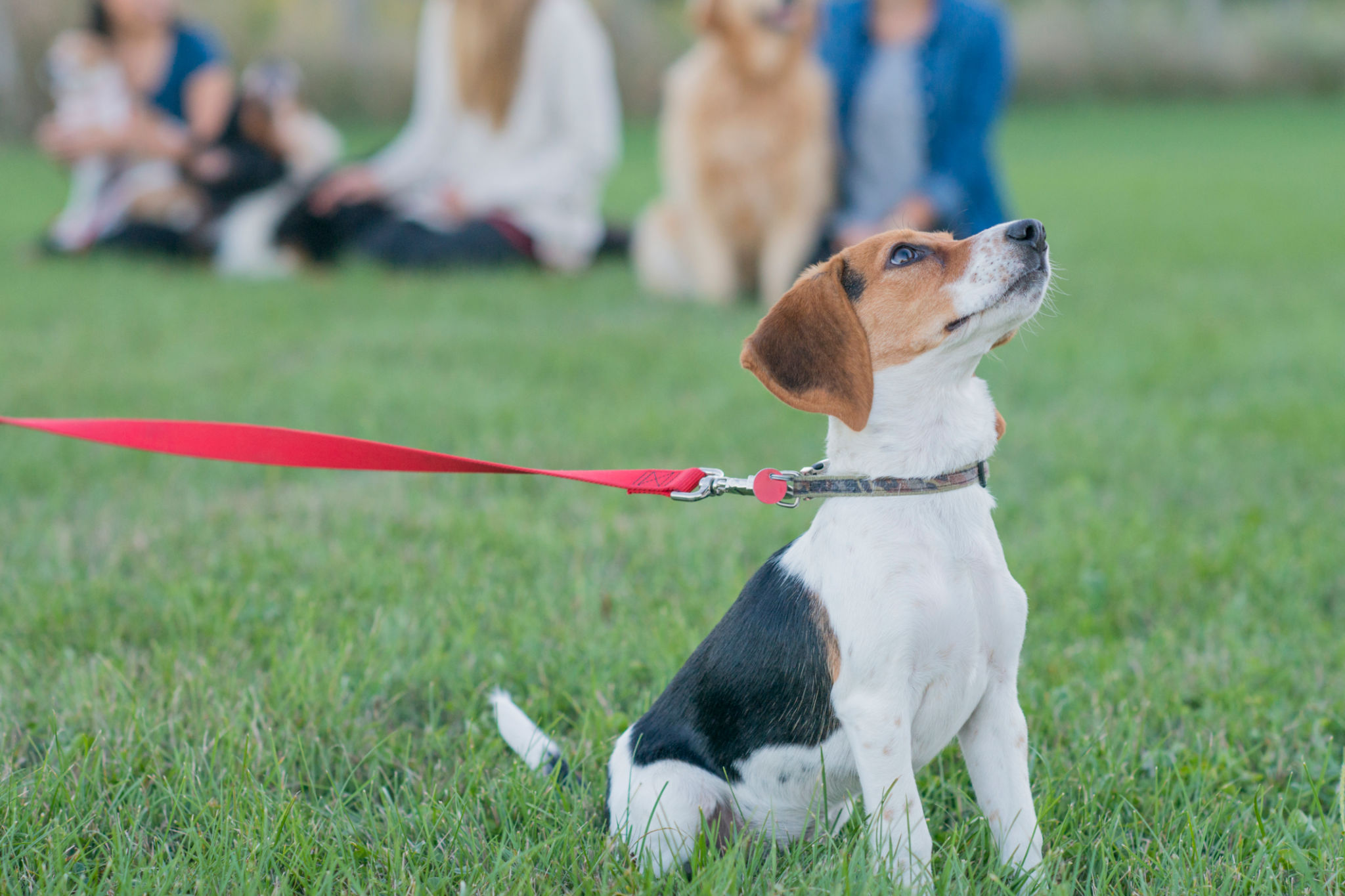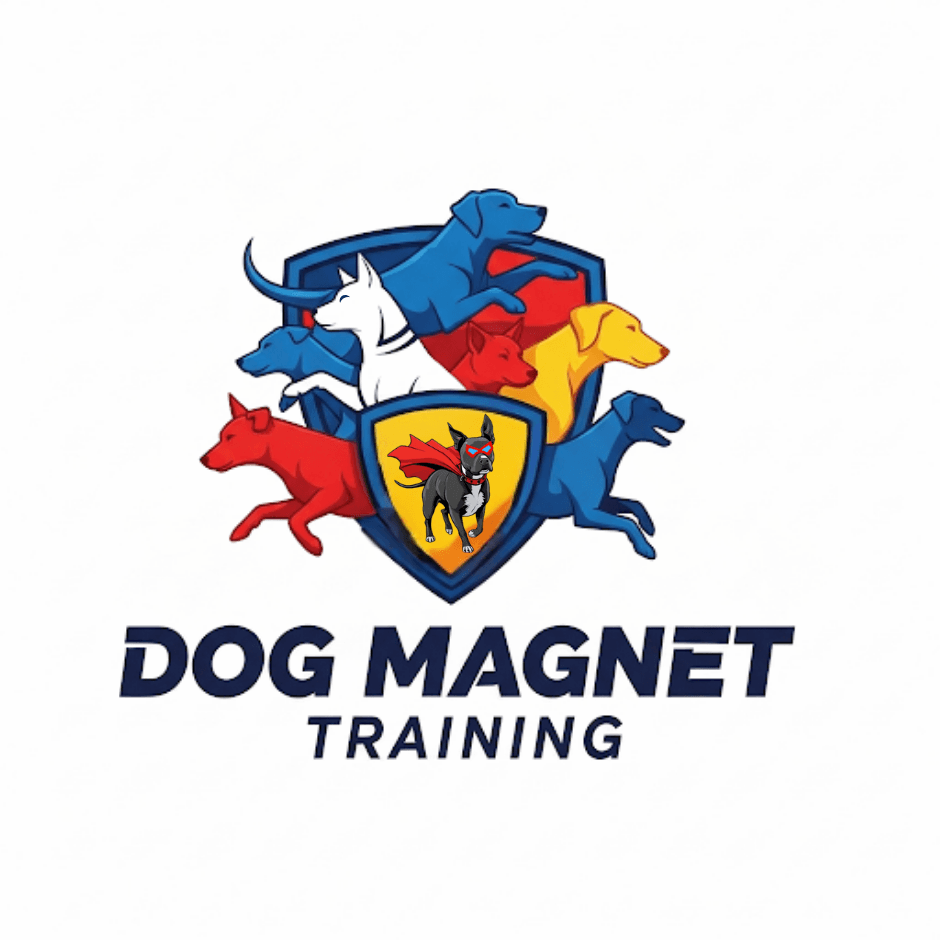Preparing Your Dog for Seasonal Changes: Training Tips for Every Season
Understanding Seasonal Changes and Your Dog's Needs
As the seasons change, so do the needs of your beloved canine companion. From the warmth of summer to the chill of winter, each season brings unique challenges and opportunities for training your dog. Being proactive and adapting your training techniques can help ensure your canine companion remains healthy and happy year-round.
Understanding how different seasons affect your dog is crucial. Some dogs might thrive in cooler temperatures, while others enjoy basking in the sun. Observing your dog's behavior during seasonal transitions can offer valuable insights into their comfort and well-being.

Spring: Embracing New Beginnings
Spring is a time of renewal and growth, making it an excellent season to introduce new training routines. As the weather warms up, you might notice an increase in your dog's energy levels. This is an ideal time to focus on agility and obedience training. Utilize the longer daylight hours for extended playtime and outdoor activities.
Be mindful of spring allergies that can affect dogs much like humans. Keep an eye out for excessive scratching or sneezing, and consult your veterinarian if necessary. Additionally, ensure your dog is protected from ticks and fleas, which are more prevalent during this season.
Summer: Staying Cool and Hydrated
Summer brings sunshine and outdoor adventures, but it also poses risks such as heatstroke and dehydration. It's important to adjust your training schedule to cooler parts of the day, like early mornings or late evenings. Always have fresh water available for your dog during training sessions and walks.

Pavement can become extremely hot and may burn your dog’s paws, so consider walking on grass or using protective booties. Additionally, incorporating water-based activities like swimming can be a fun and refreshing way to keep your dog active.
Autumn: Preparing for Cooler Days
As the leaves change color, autumn provides a comfortable middle ground between summer heat and winter cold. This is an excellent time to reinforce basic commands and work on recall training in open spaces, as distractions like falling leaves can test your dog’s focus.
With the days getting shorter, visibility during evening walks may become an issue. Consider using reflective gear for both you and your dog to enhance safety. Furthermore, autumn is a great time to start building endurance with longer walks or hikes.

Winter: Keeping Warm and Safe
Winter's cold can affect your dog's mood and activity levels. Dogs with thinner coats might be more sensitive to the cold, so providing them with a warm jacket can be beneficial. Training activities might need to be moved indoors if outdoor conditions become too harsh or icy.
Snow can be exciting for dogs, but it's essential to ensure they don’t ingest harmful substances like antifreeze or road salt. Regularly check their paws for ice buildup or cracks. Use this time to focus on mental stimulation exercises indoors to keep their minds sharp.
Year-Round Tips for All Seasons
No matter the season, some training principles remain constant. Consistency is key; maintain a regular training schedule to reinforce good behavior. Positive reinforcement should always be at the core of your training approach, rewarding desired behaviors with treats or praise.

Monitoring your dog's health and comfort throughout the year will ensure they remain happy and well-adjusted. Regular vet check-ups are essential to catch any potential issues early on. By being attentive to seasonal changes and adapting your training techniques accordingly, you'll provide your dog with a fulfilling and enriching experience all year long.
